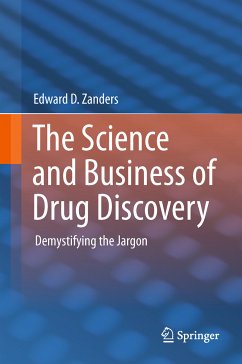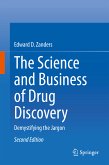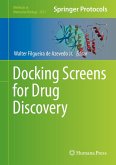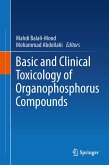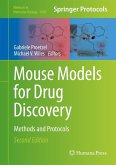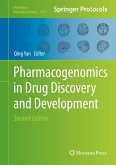The following topics are covered:
- Different types of drugs: from small molecules to stem cells
- Background to chemistry of small and large molecules
- Historical background to drug discovery, pharmacology and biotechnology
- The drug discovery pipeline: from target discovery to marketed medicine
- Commercial aspects of drug discovery
- Challenges to the biopharmaceutical industry and its responses
- Material of specific interest to technology transfer executives, recruiters and pharmaceutical translators
About the Author
Dr. Edward D. Zanders has over twenty years' experience as a scientist and research manager in both a major pharmaceutical company and in smaller biotechnology organizations. He has been responsible for a number of drug discovery programs for diseases such as asthma and rheumatoid arthritis and has been involved in research management at a senior level. He has also published extensively on subjects ranging from biochemistry and immunology to computer-aided drug design; more recently he has written about the application ofonline networking to drug discovery. In 2004 he founded PharmaGuide Ltd, a training and consultancy company that delivers courses on the drug discovery industry to various professional groups including technology transfer executives, recruiters and technical translators. It is through delivering these courses that he has been able to develop his own way of conveying complex information about drug discovery to non scientists, while at the same time being able to communicate with PhD level scientists at their level of expertise.
Dieser Download kann aus rechtlichen Gründen nur mit Rechnungsadresse in A, B, BG, CY, CZ, D, DK, EW, E, FIN, F, GR, HR, H, IRL, I, LT, L, LR, M, NL, PL, P, R, S, SLO, SK ausgeliefert werden.

